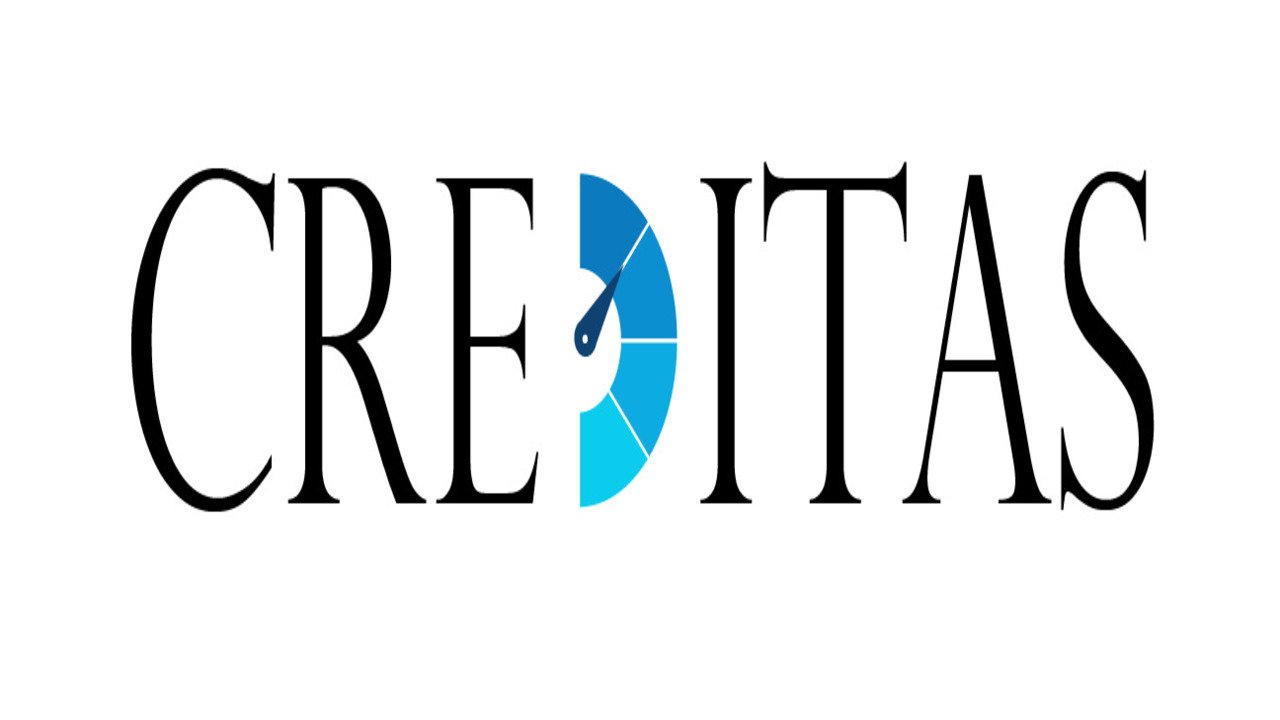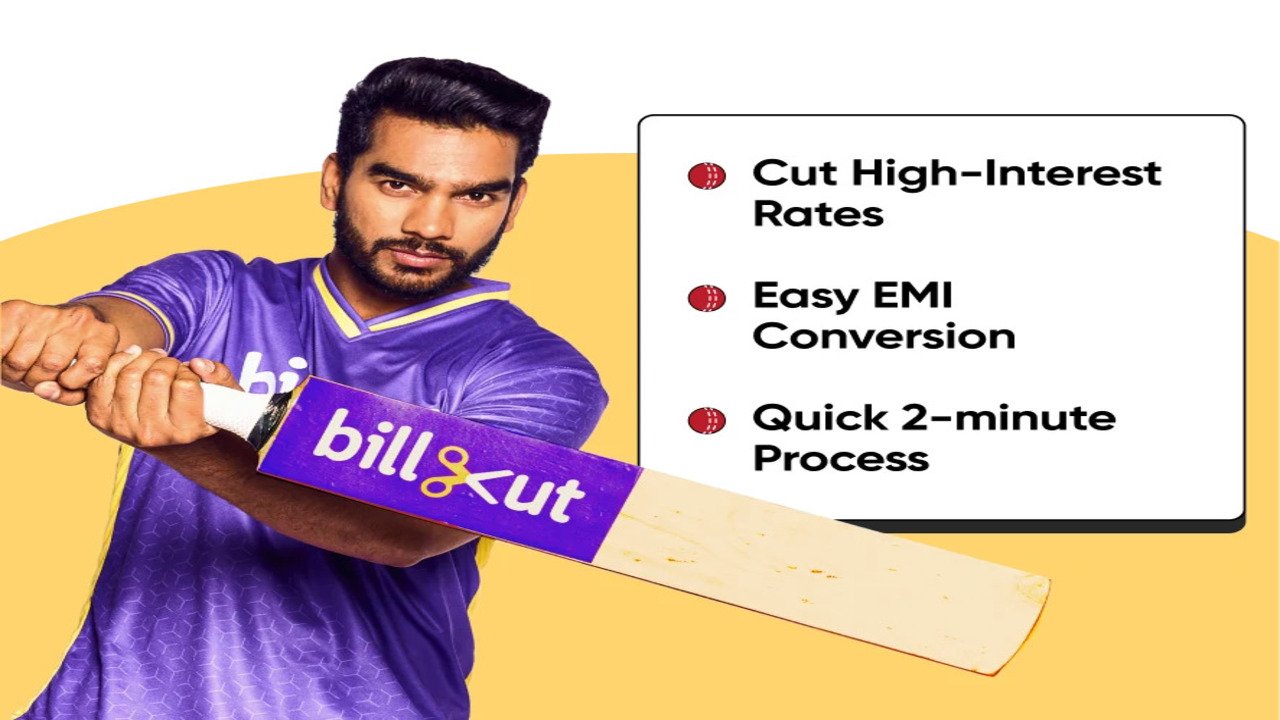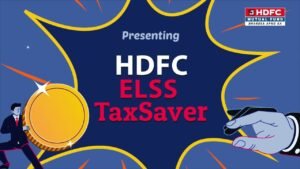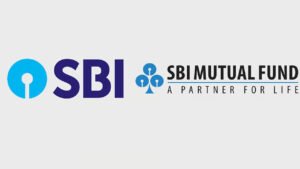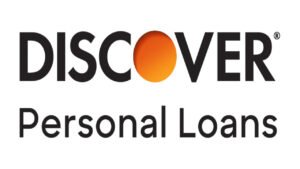Debt Management Tips to Stay Financially Fit in 2025.
In 2025, Debt Management effectively remains a critical component of financial health, especially as economic conditions evolve with rising interest rates, inflation at 2.8% in the UK, and increasing household debt levels, reaching $17.94 trillion in the US according to the NY Fed. Effective debt management reduces financial stress, improves credit scores, and frees up resources for savings and investments. With challenges like high credit card interest rates (often exceeding 20%) and unexpected expenses, individuals need actionable strategies to stay financially fit. This article explores practical debt management tips for 2025, supported by a detailed table of strategies, their benefits, and implementation steps, drawing from recent insights to guide readers toward financial stability.
Thank you for reading this post, don't forget to subscribe!Why Debt Management Matters in 2025
Debt management can be a tool for achieving goals like homeownership or education, but mismanagement leads to stress, high interest costs, and long-term financial strain. In 2025, economic forecasts predict steady job growth but persistent high interest rates, making debt repayment more expensive. For instance, credit card balances often compound interest daily, escalating costs over time. According to the CFP Board, 42% of Americans prioritize debt reduction as their top financial goal for 2025, yet 30% cite high debt levels as a barrier to financial progress. Effective debt management is crucial to avoid bankruptcy, maintain creditworthiness, and achieve financial freedom.
Key Debt Management Strategies for 2025
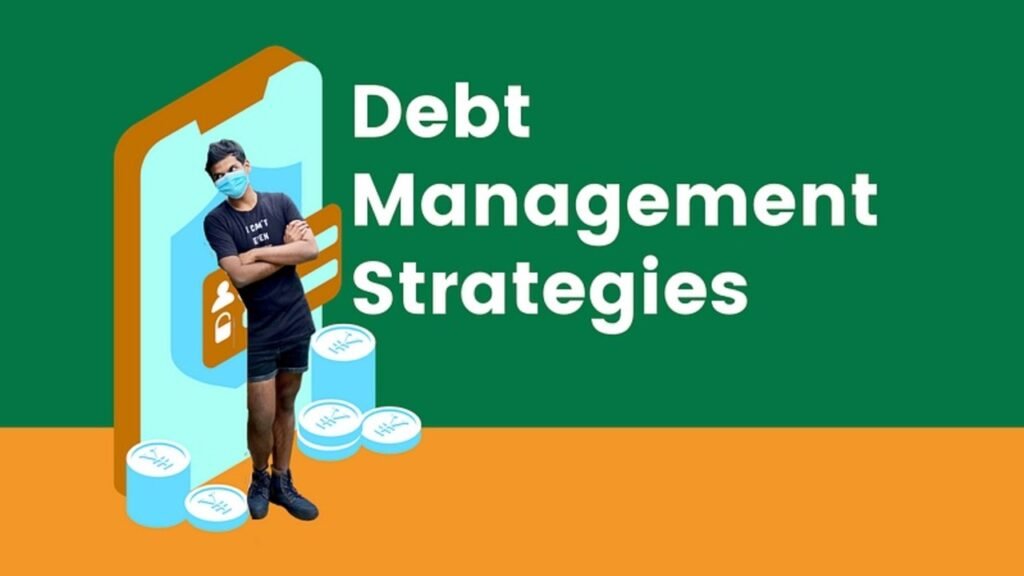
Below are eight evidence-based strategies to manage debt effectively, tailored to the economic landscape of 2025. These strategies address budgeting, repayment prioritization, consolidation, and professional guidance, ensuring a comprehensive approach to financial fitness.
1. Create a Comprehensive Budget
A budget is the foundation of debt management, providing a clear picture of income and expenses. The 50/30/20 rule—50% for needs, 30% for wants, and 20% for savings and debt repayment—is a popular framework. In 2025, budgeting apps like Monarch or You Need A Budget (YNAB) automate expense tracking, helping identify areas to cut, such as subscriptions ($200 monthly average in the US). Allocate extra funds to debt repayment to reduce interest costs.
2. Prioritize High-Interest Debt
Paying off high-interest debt, such as credit cards with rates above 20%, minimizes total interest paid. The avalanche method targets the highest-interest debt first, while the snowball method focuses on the smallest balance for motivational quick wins. For example, paying an extra $50 monthly on a $5,000 credit card balance at 20% interest can save $1,200 in interest over three years.
3. Use Debt Consolidation Wisely
Debt consolidation combines multiple debts into a single loan with a lower interest rate, simplifying payments. In 2025, balance transfer credit cards with 0% APR for 12-18 months (e.g., offered by Harvard FCU) are effective for credit card debt. However, beware of fees (3-5% of transferred balance) and ensure repayment within the promotional period to avoid higher rates.
4. Build an Emergency Fund
An emergency fund prevents reliance on credit for unexpected expenses. Experts recommend 3-6 months of living expenses ($14,280-$40,992 based on 2025 averages). Start with $1,000 by saving $20 weekly, using high-yield savings accounts (4% APY) to outpace inflation. This reduces the risk of accruing new debt during emergencies like job loss or medical costs.
5. Negotiate with Creditors
Many creditors are open to adjusting terms, such as lowering interest rates or extending payment periods, especially if contacted proactively. In 2025, contacting creditors before debts reach collections can prevent additional fees. Certified credit counselors, like those at GreenPath, can negotiate on your behalf, potentially reducing interest rates by 2-5%.
6. Avoid High-Risk Borrowing
Steer clear of predatory loans, such as payday loans with interest rates exceeding 400%. Instead, explore credit union loans or community assistance programs. For example, a $1,000 payday loan at 400% APR could accrue $4,000 in interest over a year, compared to a credit union loan at 10% costing $100 annually.
7. Seek Professional Guidance
Credit counseling agencies, such as the Manitoba Credit Counselling Society or StepChange in the UK, offer free or low-cost advice. They can create Debt Management Plans (DMPs), consolidating payments and negotiating better terms. In 2025, 1 in 4 Americans work with financial planners for tailored debt strategies, per the CFP Board.
8. Track Progress and Adjust
Monitor debt repayment using spreadsheets or apps to stay motivated. Regularly review your budget to accommodate changes, such as job transitions or unexpected expenses. For instance, updating your budget after a $500 medical bill can prevent overspending by cutting discretionary costs like dining out ($300 monthly average).
Table: Debt Management Strategies for 2025
| Strategy | Benefits | Implementation Steps | Potential Savings (Example) |
|---|---|---|---|
| Create a Budget | Identifies spending leaks, prioritizes debt repayment | Use 50/30/20 rule; track expenses with apps like YNAB; cut $200/month subscriptions | $2,400/year by cutting wants |
| Prioritize High-Interest Debt | Reduces total interest paid, speeds up debt freedom | List debts by interest rate (avalanche) or balance (snowball); pay extra $50/month | $1,200 in 3 years on $5,000 debt |
| Debt Consolidation | Simplifies payments, lowers interest rates | Transfer balances to 0% APR card; repay within 12-18 months; check 3-5% transfer fees | $1,000/year on $10,000 balance |
| Build Emergency Fund | Prevents new debt from emergencies | Save $20/week for $1,000 starter fund; use high-yield accounts (4% APY) | Avoids $1,000 payday loan costs |
| Negotiate with Creditors | Lowers rates or extends terms, reduces financial strain | Contact creditors early; use counselors like GreenPath to negotiate 2-5% rate reductions | $500/year on $10,000 debt |
Notes:
- Savings Example: Based on average US credit card rates (20%) and typical expenses ($4,760-$6,832 monthly).
- Sources: Harvard FCU (January 2025), Forbes (December 2024), CFP Board (December 2024).
Economic Context in 2025
Economic conditions in 2025 shape debt management strategies. Central banks, including the Federal Reserve and Bank of England, are expected to maintain high interest rates (4.5-5%) to curb inflation, increasing borrowing costs. Job growth remains steady, but salary increases lag behind inflation, straining budgets. Medical debt, affecting 7 in 10 Americans with high balances, and student loans pose significant challenges. Strategies like debt consolidation and emergency funds are critical to mitigate these pressures.
Challenges to Debt Management
Several obstacles complicate debt management in 2025:
- High Living Costs: Rent ($2,016/month in the US) and groceries consume larger budget portions, limiting debt repayment capacity.
- Impulse Spending: Small purchases ($10 weekly) add up to $520 annually, derailing debt repayment plans.
- Lack of Financial Literacy: 38% of Americans cite insufficient resources as a barrier to debt reduction, per the CFP Board.
- Variable Incomes: Freelancers and gig workers face inconsistent cash flow, requiring flexible strategies like fixed-dollar savings.
To overcome these, start with small steps (e.g., $10 weekly savings) and use free resources like SEED Winnipeg’s money management workshops.
Practical Implementation Tips
- Automate Payments: Set up automatic debt payments to avoid late fees, which average $32 per missed credit card payment.
- Use Technology: Apps like BECU Money Manager track spending in real-time, ensuring adherence to budgets.
- Cooling-Off Periods: Wait 24-48 hours before non-essential purchases to curb impulse spending ($520/year savings).
- Side Hustles: Earn extra income ($300/month average from freelancing) to accelerate debt repayment.
- Credit Score Focus: Timely payments boost credit scores, unlocking better loan terms (e.g., 7% vs. 20% on personal loans).
Public and Media Sentiment
Media outlets like Forbes, Harvard FCU, and Amerant Bank emphasize budgeting and high-interest debt repayment as top priorities for 2025. On X, posts highlight the importance of emergency funds (@FinancialGuru) and avoiding predatory loans (@MoneyWise), reflecting public concern about rising debt levels. The CFP Board’s research underscores debt reduction as a universal goal, with 97% of Americans prioritizing financial health.
Long-Term Benefits of Debt Management
Effective debt management in 2025 offers numerous benefits:
- Reduced Stress: Lower debt burdens improve mental well-being, as 60% of Americans with high credit card debt report stress.
- Improved Credit Scores: Timely payments enhance credit, reducing future borrowing costs by 2-3% on loans.
- Financial Freedom: Eliminating debt frees up income for investments, with 20% of income potentially yielding $10,000 annually in savings for a $50,000 earner.
- Emergency Preparedness: A $1,000 emergency fund prevents reliance on high-interest credit, saving $400/year in interest.
Conclusion
Staying financially fit in 2025 requires proactive debt management amidst high interest rates and rising costs. Strategies like budgeting, prioritizing high-interest debt, consolidating loans, and building emergency funds empower individuals to reduce financial stress and achieve long-term goals. The table above provides a roadmap for implementation, with potential savings of thousands annually. By leveraging technology, seeking professional guidance, and adopting disciplined habits, individuals can navigate economic challenges and build a secure financial future. As 42% of Americans focus on debt reduction, these strategies offer a universal path to financial stability in 2025.

